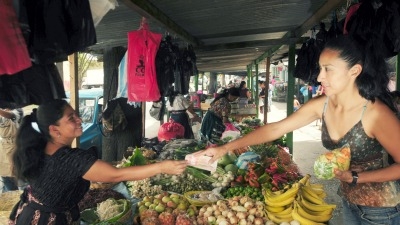It is July 2012 and cattle farmers in Nicaragua are worried. While they celebrate the lifting of restrictions on beef exports to Panama, they complain that Guatemala is imposing a series of non-tariff barriers on their exports, which is affecting their trade. The Guatemalan government claims that there are no such barriers; rather, Nicaraguan beef is rejected because it does not meet established safety standards or because that country’s beef products are not adequately labeled.
This is just one example of many in the food industry in Central America: the use of sanitary and phytosanitary regulations as non-tariff measures to protect domestic goods in an increasingly globalized, competitive world.
Are non-tariff measures used as a new form of protectionism? Do these barriers affect food prices?
These questions were the focus of a World Bank study entitled “Non-tariff Measures in Central America, Economic Impacts and Price Increases.” The study examined the application of import barriers– particularly sanitary registrations— on certain goods to favor local industry in an effort to determine their impact on the regional economy and on food prices.
According to the study’s authors, “Central America is one of the regions where non-tariff measures are especially prevalent.” The study reported that the use of these measures in Central America compares with that of Southern Asia, a region known to apply these measures as trade barriers.
The Central American countries that most frequently resort to these measures –which according to the World Trade Report 2012 result in more restrictions than tariffs do – are Guatemala, Nicaragua and Honduras. Costa Rica is the country in the region with the lowest reported application of non-tariff measures.
“Non-tariff measures allow countries to achieve legitimate non-trade objectives such as the protection of human, animal and plant health. However, there are concerns that the removal of traditional trade barriers has tempted countries to hijack non tariffs measures and to use them to protect domestic interests,” according to the authors of the World Bank study.

